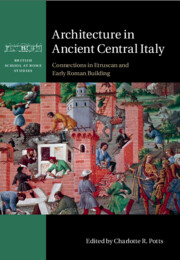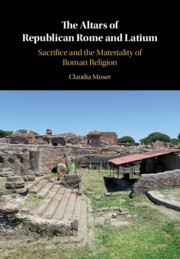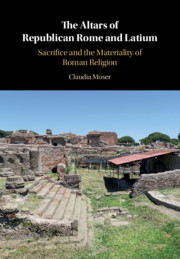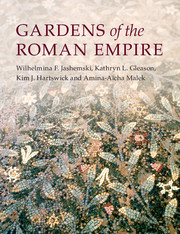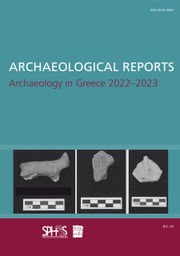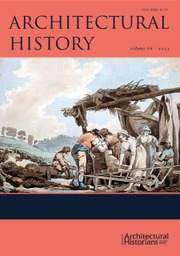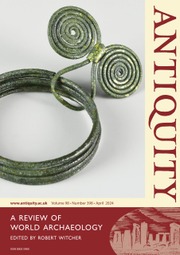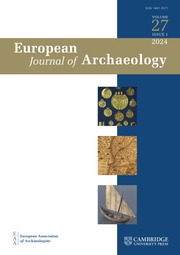Architecture in Ancient Central Italy
Architecture in Ancient Central Italy takes studies of individual elements and sites as a starting point to reconstruct a much larger picture of architecture in western central Italy as an industry, and to position the result in space (in the Mediterranean world and beyond) and time (from the second millennium BC to Late Antiquity). This volume demonstrates that buildings in pre-Roman Italy have close connections with Bronze Age and Roman architecture, with practices in local and distant societies, and with the natural world and the cosmos. It also argues that buildings serve as windows into the minds and lives of those who made and used them, revealing the concerns and character of communities in early Etruria, Rome, and Latium. Architecture consequently emerges as a valuable historical source, and moreover a part of life that shaped society as much as reflected it.
- ddot; Builds bridges within and beyond the different specialist areas of Etrusco-Italic and early Roman architecture · Furthers understanding of architecture in central Italy in relation to Greek and Roman architecture · Demonstrates the potential of architecture to serve as a socio-historical resource for the study of early central Italy
Product details
April 2022Hardback
9781108845281
224 pages
251 × 174 × 17 mm
0.549kg
42 colour illus. 5 maps
Not yet published - available from February 2025
Table of Contents
- 1. Introduction: building connections Charlotte R. Potts
- 2. The silent roofing revolution: the Etruscan Tie-beam Truss Jean MacIntosh Turfa
- 3. Architectural terracottas of central Italy within their wider Mediterranean context Nancy A. Winter
- 4. The connective evidence for early Roman urbanism: terracottas and architectural accretion John Hopkins
- 5. Connecting foundations and roofs: the Satricum sacellum and the S. Omobono sanctuary Patricia S. Lulof and Loes Opgenhaffen
- 6. Architectural choices in Etruscan sacred areas: Tarquinia in its Mediterranean setting Giovanna Bagnasco Gianni
- 7. Connections in death: Etruscan tomb architecture, c.800-400 BC Stephan Steingräber.

